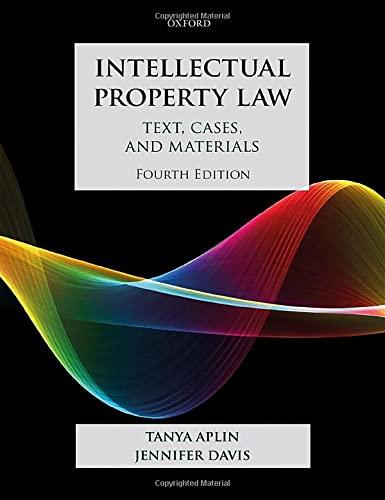Question
The Pluralists (Empedocles, Anaxagoras, and Democritus)manage to embrace some of the lessons from the Eleatics even while putting forth a depiction of the cosmosas full
The Pluralists (Empedocles, Anaxagoras, and Democritus)manage to embrace some of the lessons from the Eleatics even while putting forth a depiction of the cosmosas full of a plurality of things that move and seem to change.For each of them, there is no creation or destruction of anything, only a rearrangement of basic stuffs.As Anaxagoras writes,"The Greeks are wrong to accept coming to be and perishing, for no thing comes to be, nor does it perish, but they are mixed together from things that are and they are separated apart. And so they would be correct to call coming to be being mixed together, and perishing being separated apart."
Yet, as Democritus argues, in order for there to be movement and interactions between material elements (be they Empedocles's four elements, Anaxagoras's "seeds," or Democritus's "atoms"), they must exist and move in a void of empty space, an utter absence of anything.This commits Democritean Atomism (if not all forms of "Pluralism") to the cardinal Eleatic sin of saying "that which is not, is."
Thus we see a fairly sharp crystallization of the dilemma between the Eleatics and the Pluralists.The Eleatics holdthat the void cannot exist, because this would mean that there would be a nothing that is something, and therefore movement is not possible.The Pluralistsseem to hold that movement is, by virtue of our experiences, obviously possible, and so therefore there must be a void.Here, again, is atension regarding whether we allow how things seem to our sensory experiences, or how things must be according to rational thought lead the way in our understanding of the world.
What do you think about this?Are the Eleatics right in saying that therecannotbe a void, and thus motion and change is impossible?Or are the Pluralists right in saying that there is obviously apparent motion and change,and therefore theremustbe a void?Or, as a third option, is neither camp correct and both are making some key error in their reasoning?Whatever position you take, be sure to explain your reasoning.
Can you please also prove a CLARIFICATION QUESTION?
Step by Step Solution
There are 3 Steps involved in it
Step: 1

Get Instant Access to Expert-Tailored Solutions
See step-by-step solutions with expert insights and AI powered tools for academic success
Step: 2

Step: 3

Ace Your Homework with AI
Get the answers you need in no time with our AI-driven, step-by-step assistance
Get Started


